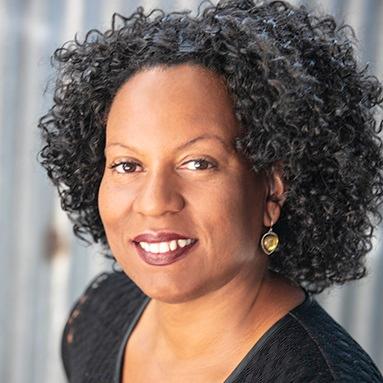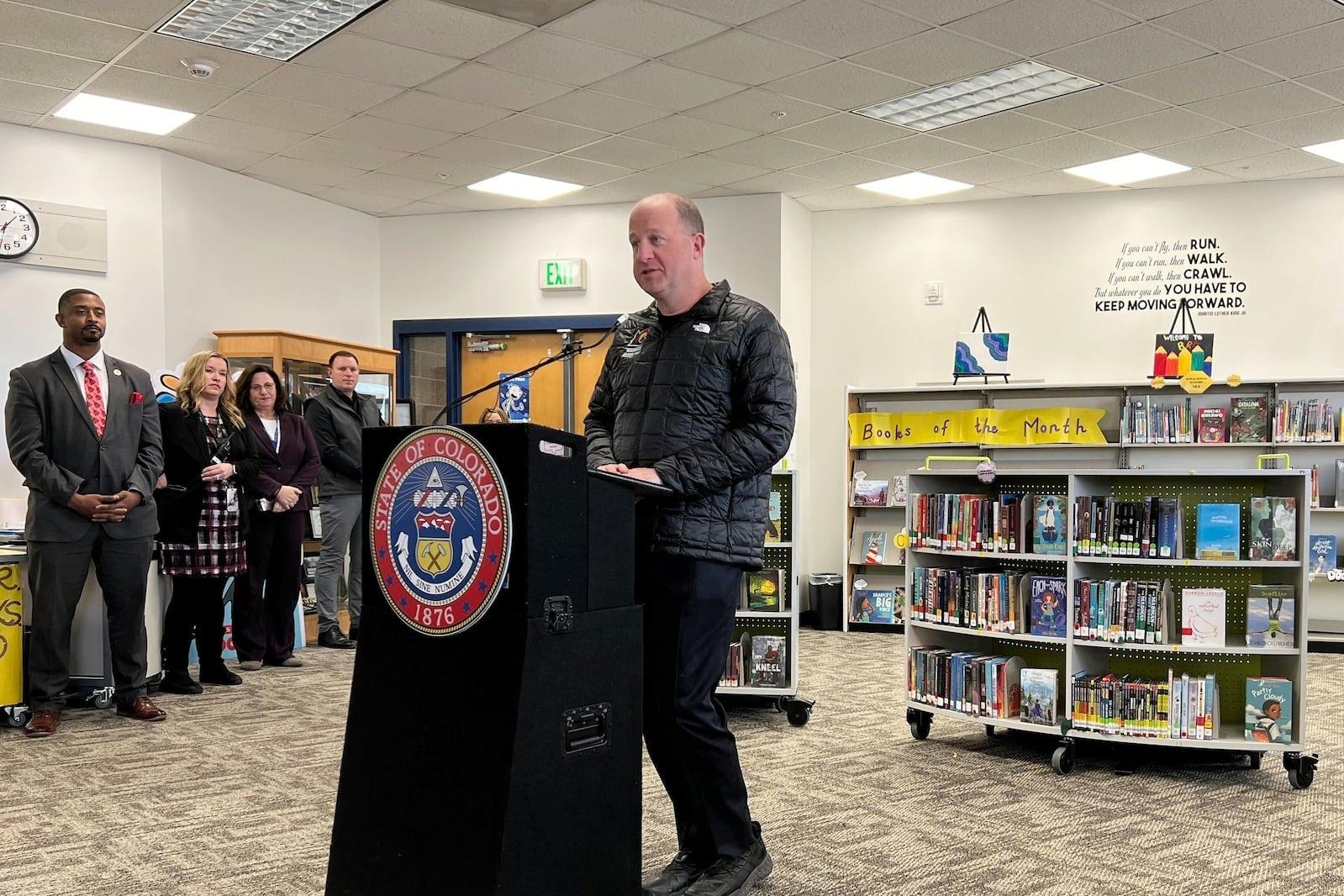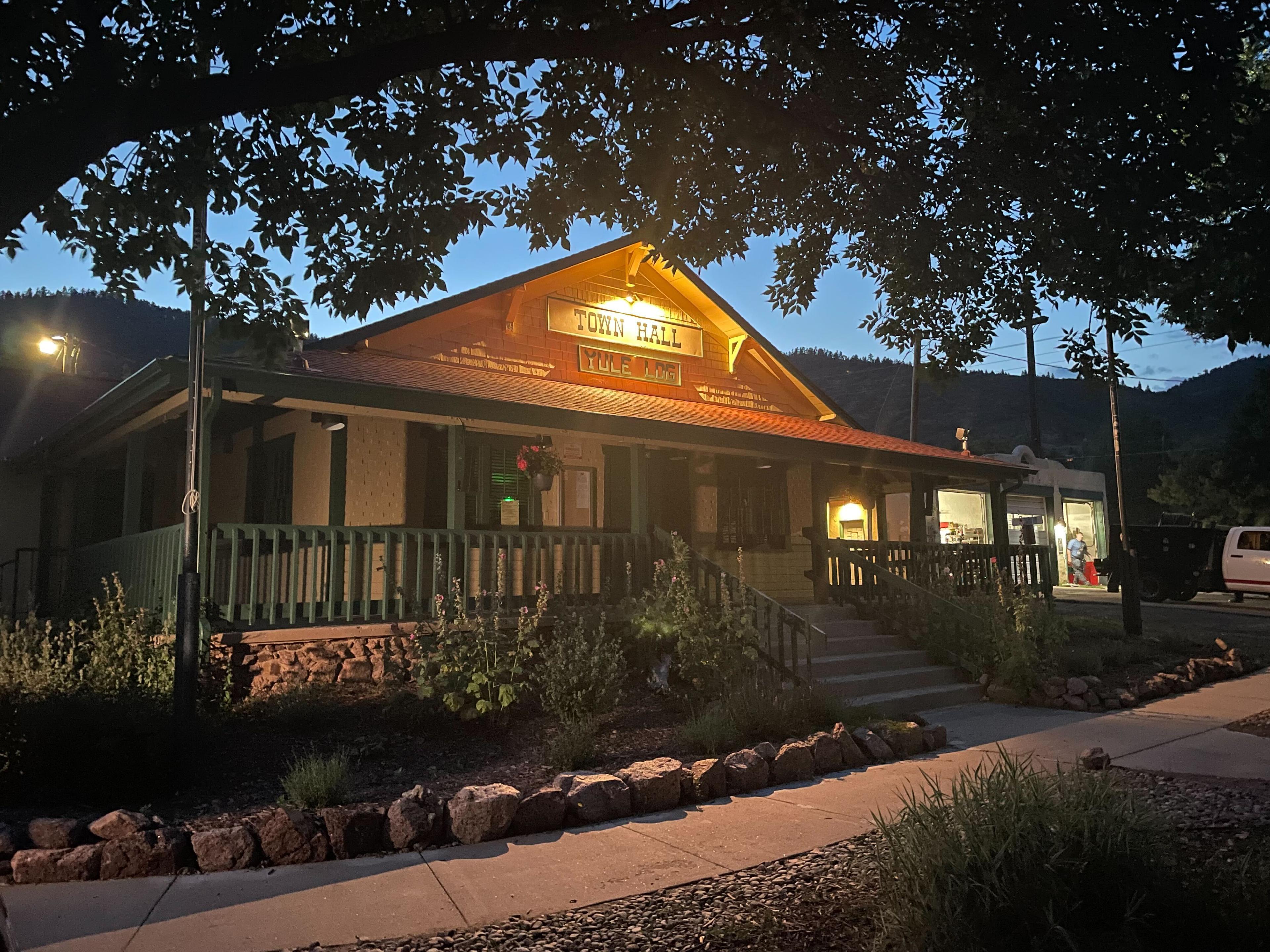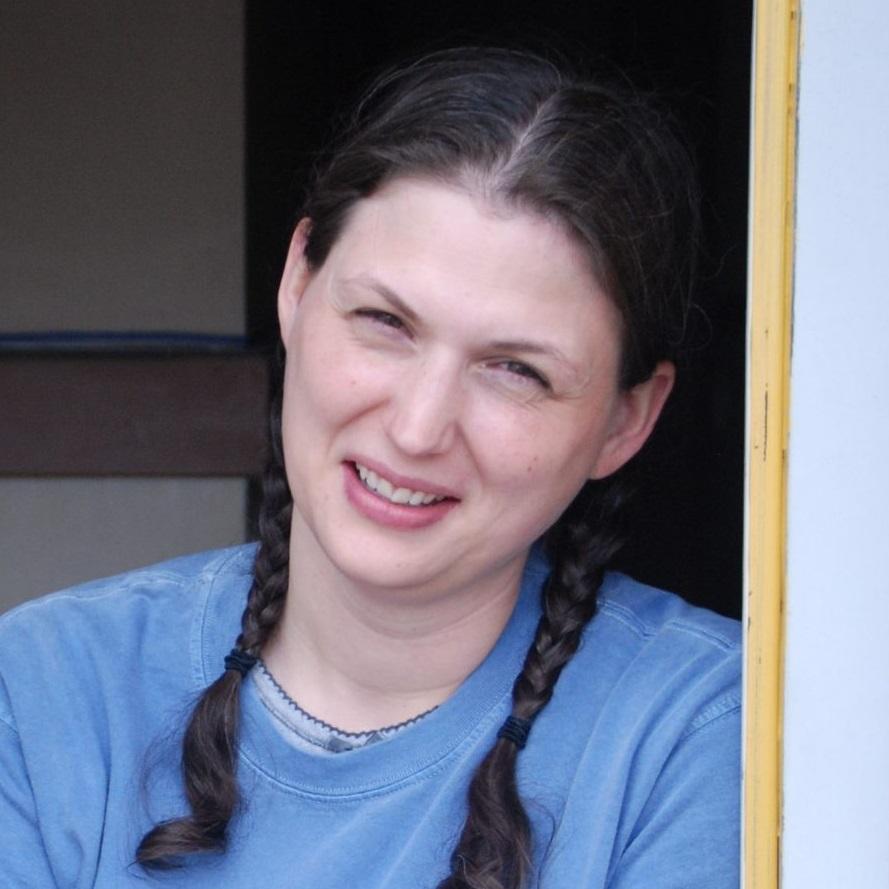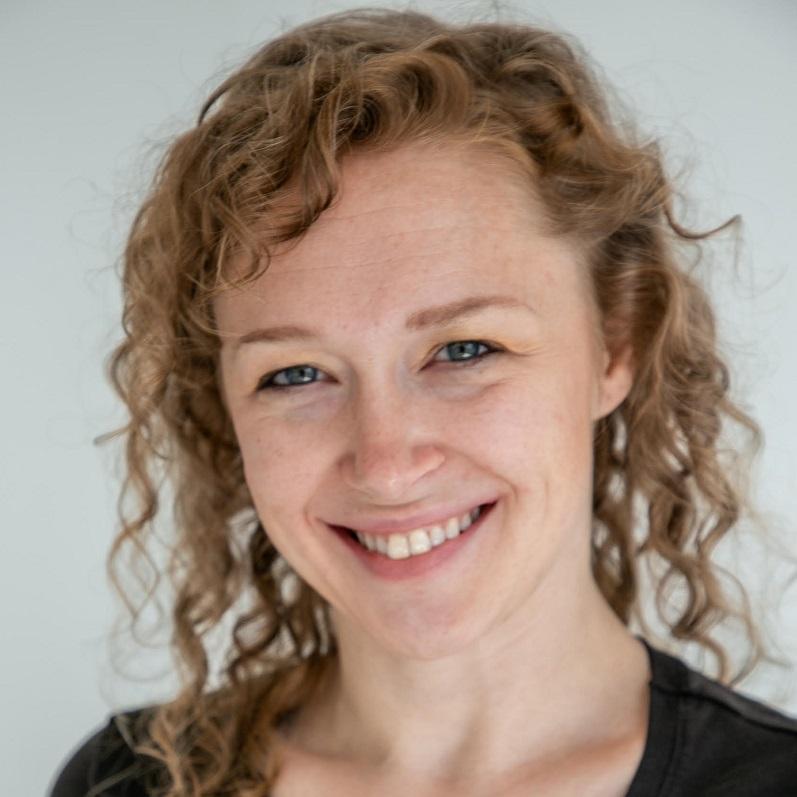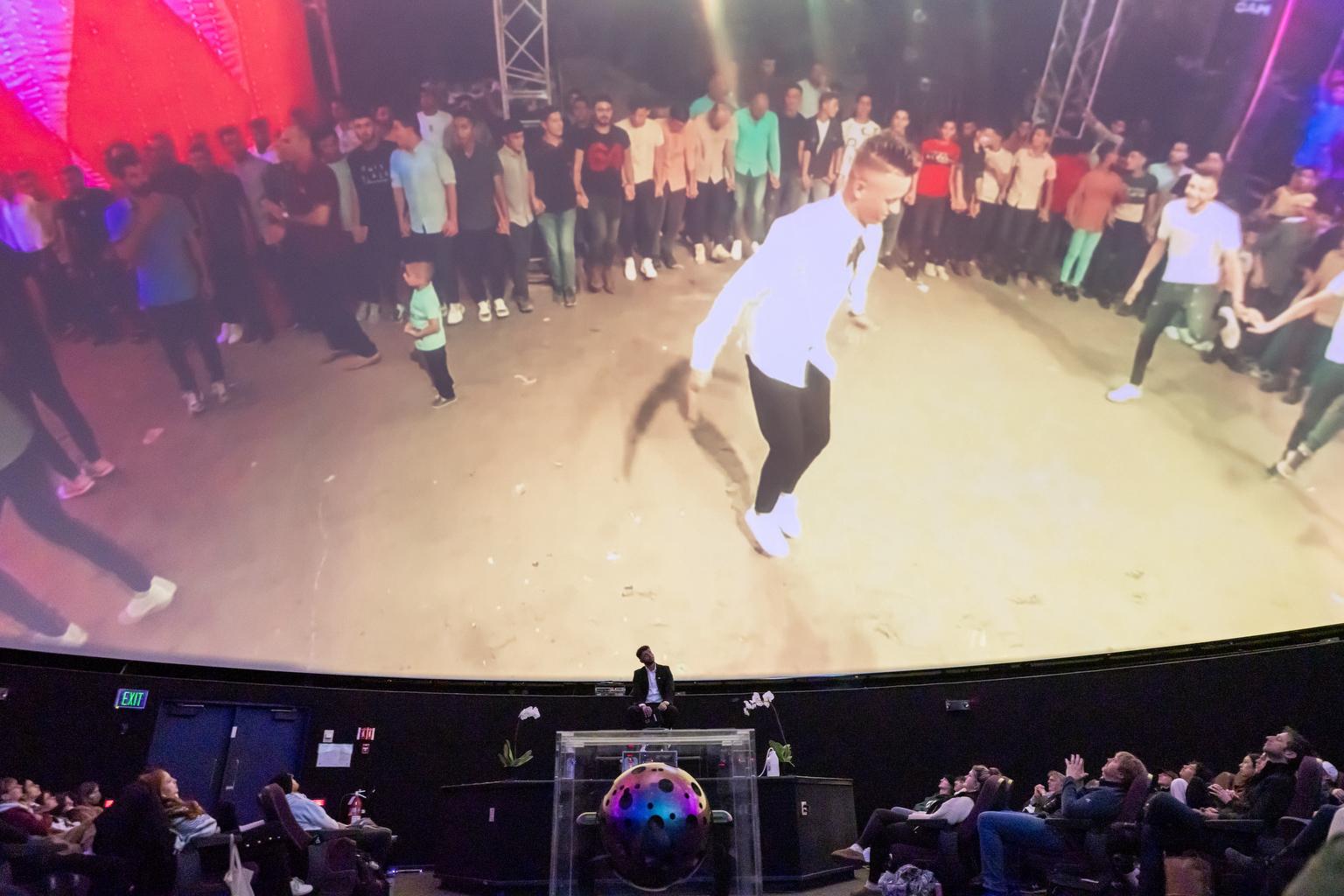
When 29-year-old Naim Aburaddi got started on his PhD project in media studies at CU Boulder a few years ago, he decided to capture images of the good times people had in his native Gaza: kids doing flips in the sand at the beach, men dancing while being balanced on other people’s shoulders at weddings, people relaxing in a bathhouse built during the Ottoman empire.
“We wanted to capture the happy moments, the joyful moments that Palestinians live … despite the tough conditions that they live in, they still create life out of nothing. And they would have parties, weddings and stuff. And we don’t see this on media when we talk about Gaza all the time,” he said. “Gaza is associated with destruction, war, violence. But the project here, we wanted to show the other side how people live their lives and how they enjoy the moment despite all these tough conditions.”
He didn’t know – and neither did anyone else – what would happen between him collecting the footage for his graduate project and the date when he was ready to present it this fall.
On October 7, 2023, Hamas and several other Palestinian militant groups launched an attack into Israel, which resulted in the deaths of approximately 1,200 people, most of them civilians. The militant organizations took more than 240 hostages, both civilians and soldiers. Israel responded with continued attacks on Gaza. Since then, at least 44,000 Palestinians have been killed, and the total number of people dead in Israel is now approximately 1,390, according to Al Jazeera’s online tracker.
Aburaddi showed a reporter an image of a group of Palestinian men talking and joking in front of a tall building through a virtual reality headset: “We don’t even know who’s still alive from these people that you are seeing right now,” he said.
This fall, he’s taking the virtual reality video project that he created from surreptitiously acquired footage, and sharing it as a project called “The Phoenix of Gaza” at his school and other schools, including Princeton University in New Jersey, where he will be presenting on Dec. 5. It turns videos from Gaza into a visit to the area now cut off from the rest of the world, as seen in both VR and in 360 degrees – but not without a high emotional cost.
The project started when he was a master’s student in Media Studies at California State University, San Bernardino in 2019. He got into that program after receiving his bachelor’s at a university in Istanbul, Turkey, which he attended after receiving a competitive academic scholarship.
Once in California, he teamed up with a faculty fellow, Ahlam Muhtaseb, a professor of media studies who also is Palestinian. She had done similar work, using the Shatila refugee camp in Southern Lebanon as a focal point. The camp was set up in 1949 for Palestinians.
“Student fellows work with faculty fellows as mentors,” she said. “And this is when we started working on the project – at that time, I was using immersive technologies like [a] 360-degree camera. And Naim wanted to do a similar project, but to focus on Gaza. But the perspective was very different because he wanted to bring Gaza to people in the United States who can't visit Gaza,” she said, adding that the technology includes Mozilla hubs and Unreal Engine, a multi-material gaming platform.
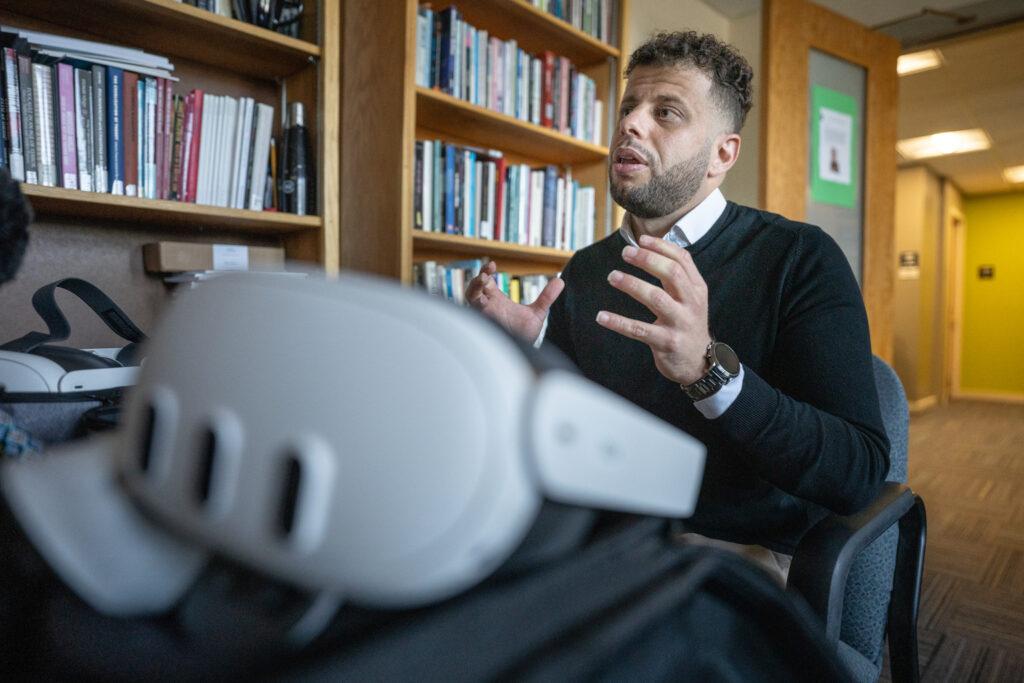
Aburaddi, who was into gaming, thought he could apply a similar video-capturing technique to the densely packed 140-square-mile area he calls home. “I said, ‘OK, let me try this, and see how this can help us to maybe visit Gaza …’”
He managed to get an amateur videographer to slip in with a 360-degree camera; “once he got the camera, he for a whole year was just filming everywhere he could get his hands on ... trying to catch our Gaza outside the realm of death and destruction,” Muhtaseb said.
Some of the places included in the footage are Qasr al-Basha, a historic building in the old city of Gaza, built in the 13th century; the Church of Saint Porphyrius, a Greek Orthodox church built in 425 AD; The Great Mosque of Gaza, the largest and oldest mosque in Palestine, as well as several universities and museums and an archaeological site.
Of the buildings in his footage, many are now rubble.
With the help of technicians, the videos were uploaded into virtual reality headsets, of which he has three. While wearing the headset, the viewer uses a joystick to move around the scenes.
“That’s how our project now became like a preservation of culture and history,” Aburaddi said. “Because this is the only 360-degree images of these places because they don’t have this kind of technology in Gaza.”
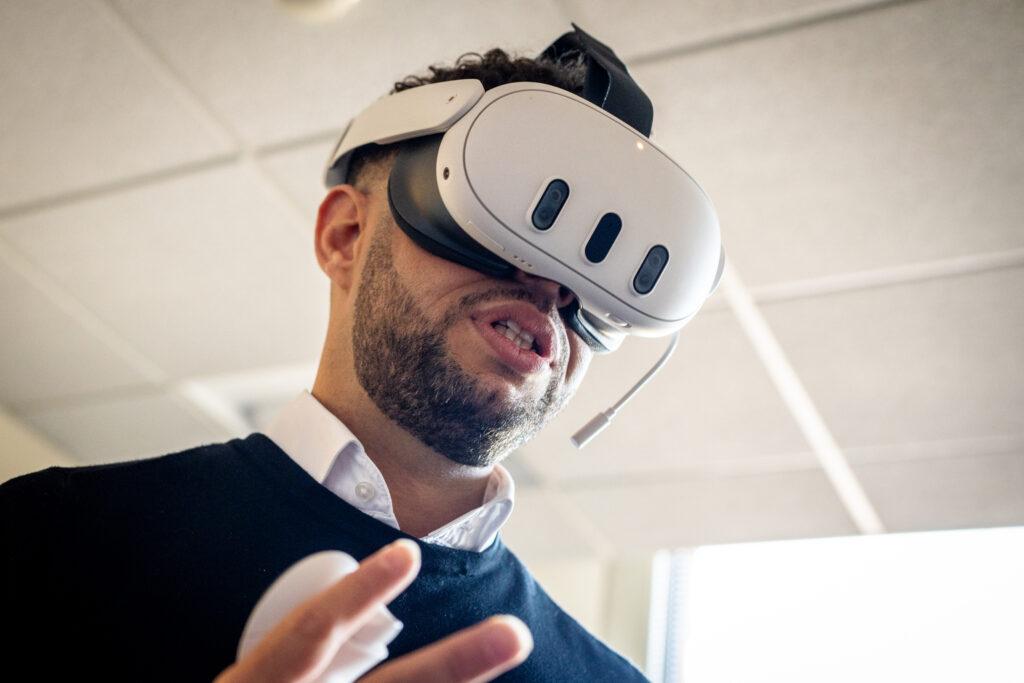
In some scenes, viewers see al-Rashid Street, the main street through Gaza. In other scenes, a teenager holds the camera while skateboarding, and the movement creates a sensation that the viewer is also moving.
“You will be immersed in Gaza because you’re going to see, for example, the streets, the markets in Gaza, and sometimes you will be walking, sometimes you will be sitting,” Aburabbi said. “It depends on the experience that you choose to view.”
A virtual woman introduces locations viewers can select to enter. For example, a scene of a center for equestrian lessons can be seen at a distance, then closer up, by clicking a blue circle in the virtual space with the hand-held controller. Once technological details were managed and the images and videos ready, Aburaddi was confronted with the emotional weight of the material he’d collected.
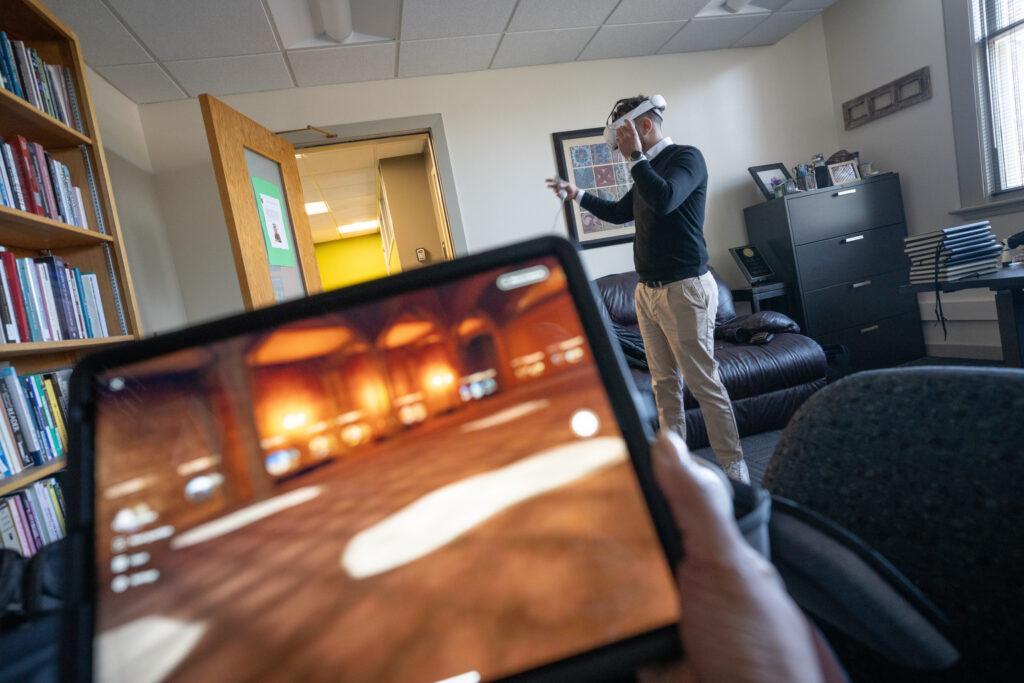
“We just actually started doing the events for three months,” said Aburaddi, who grew up in Gaza in a large family, some members of which have escaped to Egypt since the war began, others who are still there. Initially, he couldn’t watch the gathered footage.
“We hadn’t even [touched] the content. It was very tough for us,” he said, referring to himself and his faculty adviser. “Because we are Palestinians – seeing these images and videos ... It’s heartbreaking.”
Once Aburaddi was emotionally prepared to see the collected footage, it brought back a flood of memories – particularly the bathhouse.
“There was something special about it. I felt that I’m there. I’m immersed in that environment,” he said. “Again, it gave me a sense, I know I’m not physically there, but at least it gave me some sense that I’m there.”
A challenge with virtual reality equipment is that one person can use a headset. After a few public presentations where viewers took turns with his gear, he found a more efficient screening method.
He began doing public screenings in 360-degree theaters, one of them on October 31 at CU Boulder’s Fiske Planetarium. He projected a video he’d created with the help of a volunteer that combined some of his personal narrative with the images he gathered.
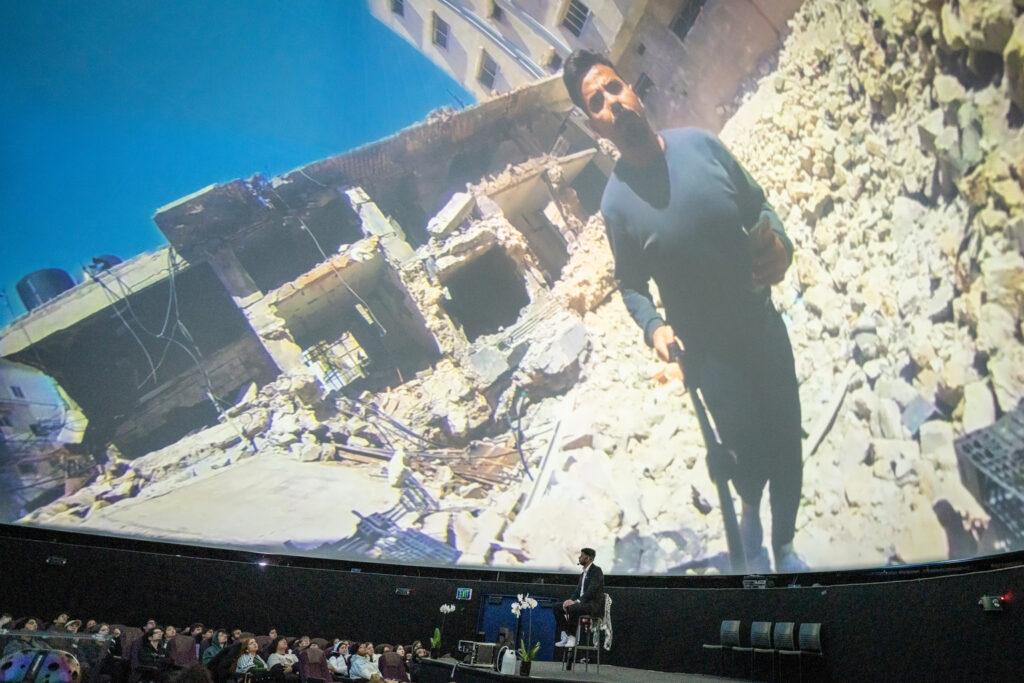
Sitting in the darkened planetarium, he shared how people in Gaza could not look up at the sky, because that’s where gunfire would come from, turning one’s head upward frightening and potentially dangerous, hence the title of the presentation, “Gaza in Sky: The Right to Look Up.”
His voice cracked a few times as he talked about having to leave 10 years ago and living in constant fear for the wellbeing of his family members who were trapped in what he described as an “outdoor prison.”
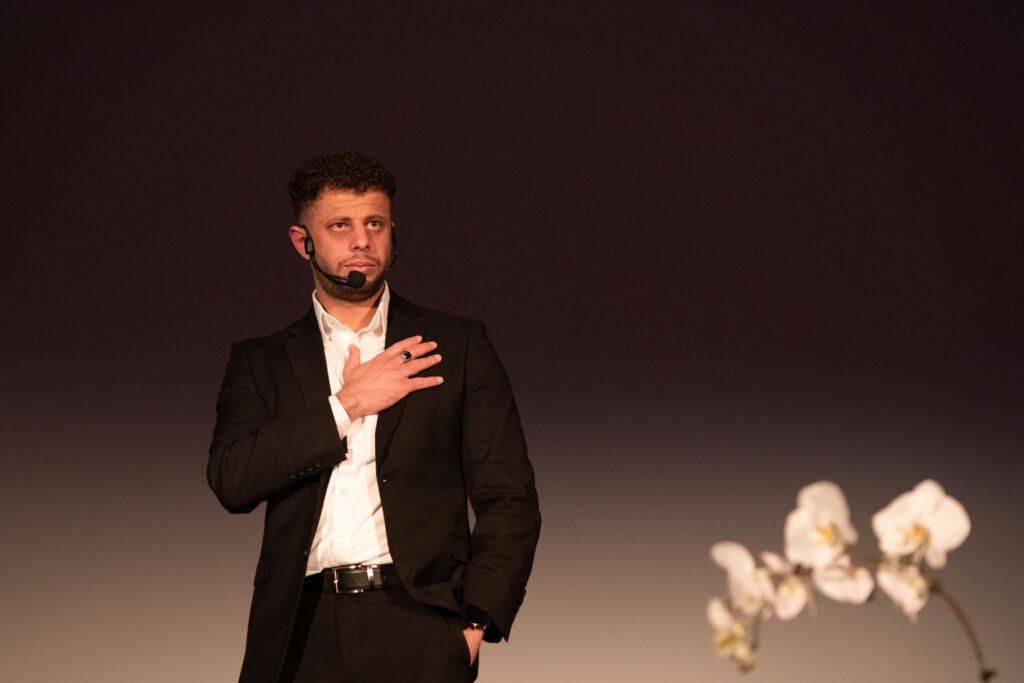
At another point, a clown is jumping up and down with a small group of children having fun around him. It was taken after the bombing began, and added in from news footage. The volunteer clown had been tasked with helping them process or distance themselves from the trauma of what was happening around them. “The trauma levels are very high and they don’t have enough opportunities for mental health services and stuff. Clown actually was volunteering to entertain kids and help them come over their trauma and depression.”
The trauma is also still being experienced by Israelis who lost loved ones on October 7, 2023, as well and there are still dozens of Israeli hostages being held in Gaza.
After the presentation, people were wiping their eyes. When approached for their reactions, several students declined to give their names for fear of their safety. A Palestinian woman wearing a hijab said she grew up in a small village in the occupied territory and was issued an ID card that limited her mobility. “Meaning that there are roads and areas that I cannot access as a result, and Gaza is one of them,” said Linda Amin Badwan.
She added: “I was crying throughout it because it’s very hard to see footage of back home because of everything that continues to happen and being so far away from loved ones and the beautiful things that he was trying to portray that we grew up seeing in my village.”
She said she’s never seen in person much of what she saw onscreen. “We’ve never been able to see the coast that was shown today. And to know that we have no way of ever seeing what it once was is extremely painful. When I experienced Naim’s virtual reality … I had to actually take a break because that was a very painful realization for me to know that what was is there now, is just complete destruction of what was once there.”
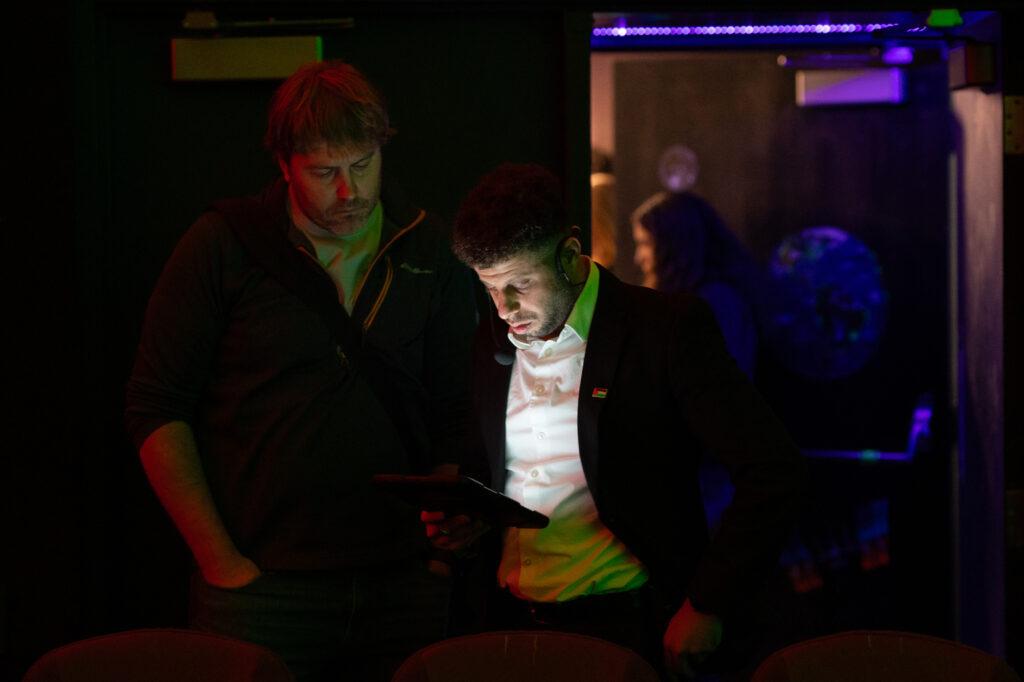
A 23-year-old former student of Aburaddi’s was also in the audience. Duke Mattie, originally from Colorado Springs, said he came to the presentation not knowing what to expect. Watching it, he felt himself getting choked up and his face getting warm at what he described as a “sobering experience.”
He said that after seeing the project, he might go one step further, just as Aburaddi did after learning about the project his mentor in San Bernardino had worked on. “I’m thinking of doing it for a final project for one of my classes right now,” he said, “writing about it.”
Aburaddi said he is now working on sharing the project at other schools. He said diving into the footage and doing presentations while still working long hours to have money to send his family has been exhausting, but that the virtual reality opportunity allowed him to feel a sense of home.
“I have never been able to go back,” he said. “I just missed Gaza, missed all these places, but I can’t go, as many Palestinians, due to the Israeli blockade.”
Looking at footage of smiling adults on horseback at the beach was bittersweet for him. “Most of these people, most likely are, some in shelters, or tents.” One image was of a child using virtual reality equipment at the one Gaza cafe where it was available before the war.
Another scene was of people moving in a circle with their hands held by the person beside them, part of a wedding dance called Dabke. “But now,” Aburaddi said somberly, “all sorts of these celebrations have stopped.”
